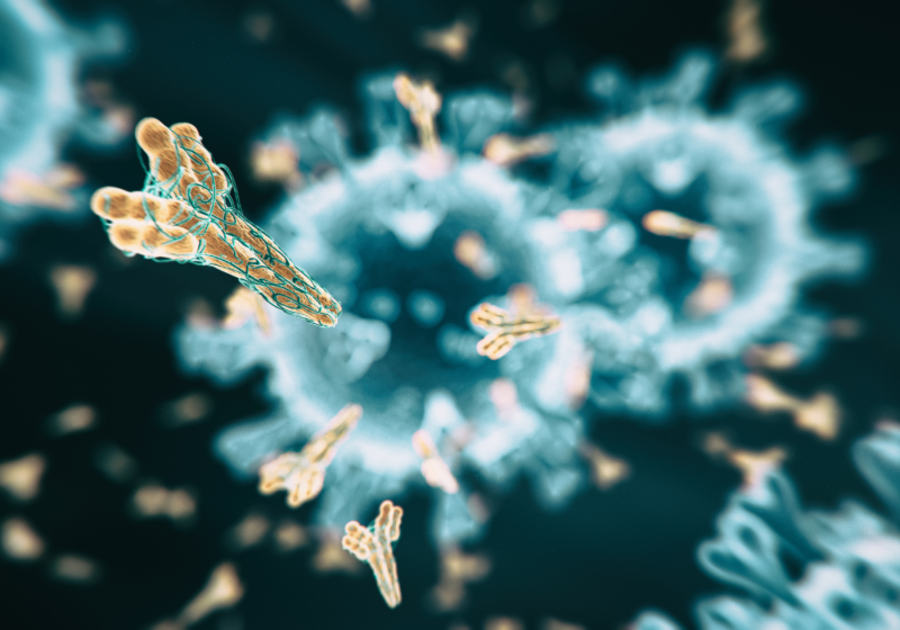
The research shows that the high responders exhibit both a large antibody and memory B cell response to SARS-CoV-2.
The world has been fighting a global pandemic for the past seven/eight months and still many questions remain unanswered about the nature of the novel coronavirus named SARS-CoV-2. The virus has made its way to almost every corner of the world and has infected more than 29 million individuals across the world. The researchers or health experts worldwide questioned the human immune response or how long an individual may become resistant to the virus after recovery. Now, the research team from the United States has found that people with severe COVID-19 infection show large memory B cell (MBC) and antibody response during both acutely infected individuals and convalescent individuals.
Moreover, the researchers found that the antibody response largely targets two structures found on the surface of the coronavirus, that is, nucleocapsid protein and spike protein. During this research, the team collected plasma samples from around 35 acutely infected individuals and 105 convalescent individuals. The researchers found that convalescent individuals showed a large response to nucleocapsid protein and spike protein whereas the acutely infected individuals showed a response against three antigens such as NSP, ORF8, and ORF7a.
According to the team, antibodies against these antigens are either short-lived or are only produced in response to more severe SARS-CoV-2 infection. The researchers also found that the antibodies against the nucleocapsid and spike protein were considerably higher than those against ORF8 and ORF7a. Moreover, using peripheral blood mononuclear cells, the team tested MBC response to the infection. MBCs mainly targeted the spike, instead of ORF8 or the nucleocapsid protein. The team found that the high respondents have large MBC responses than medium and low responders. The research is available on the preprint server bioRxiv.






